Many expectations
Although many airports are operating at a loss, localities still expect to see a recovery, even with more airports. Since July 1, Khanh Hoa province, after the merger, has owned Cam Ranh International Airport (in operation), Thanh Son Airport (a dual-use airport currently in the process of investment promotion) and Van Phong Airport (approved in principle to be added to the National Airport System Planning for the period 2021-2030).
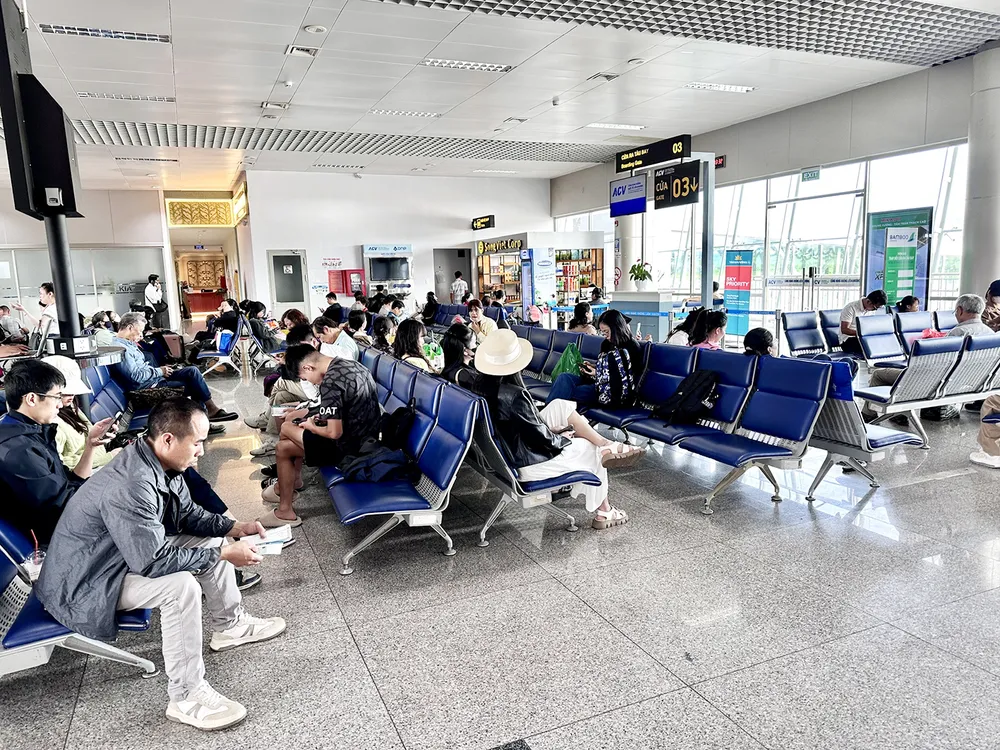
Mr. Pham Van Chi, former Chairman of Khanh Hoa Provincial People's Committee, assessed that Khanh Hoa province's transport infrastructure has been invested systematically in recent times. With the future ownership of two more airports next to Cam Ranh airport, the local air transport development speed will be increased, promoting connections with domestic and foreign localities. Currently, the province is shaping logistics centers at strategic locations such as Cam Ranh airport, to optimize the supply chain, making Khanh Hoa an important trading hub of the region and the whole country. In addition, the province is oriented to develop new urban areas, industrial parks and tourism along highways, national highways, coastal roads, directly connecting with seaports and airports.
Similarly, Lam Dong province is maintaining the effective operation of Lien Khuong international airport but still has high expectations for the Phan Thiet airport project, believing that this airport will contribute to attracting investment and promoting the socio-economic development of the province. Mr. Le Ngoc Tien, Director of the Department of Construction of Lam Dong province, said that up to now, the locality is still waiting for the Prime Minister to approve the adjustment of the investment policy of the Phan Thiet airport project (civil aviation category) to have a basis for implementing the next steps of the project.
Also the locality owning 2 airports after the arrangement, Da Nang City is expecting this to be an opportunity to form a regional-scale economic development structure of aviation - free trade - logistics - supporting industry. If the roles are planned reasonably, these 2 airports will form 2 poles connected by the urban - free trade - industry - logistics axis along Highway 1.
Regarding development potential, Mr. Luong Nguyen Minh Triet, Chairman of the People's Committee of Da Nang City, emphasized that owning two airports not only helps increase the capacity to receive passengers and goods, but also opens up the possibility of differentiating exploitation functions. In particular, Da Nang International Airport focuses on international tourists and high-end services; while Chu Lai Airport plays the role of logistics, cargo transportation, technical maintenance and aviation human resource training.
Recently, Deputy Prime Minister Tran Hong Ha has agreed to the policy of researching and adding Mang Den airport (formerly Kon Tum province) and Van Phong airport (Khanh Hoa province) to the airport system planning. In order for these airports to be invested effectively, the Deputy Prime Minister noted that during the research and review process, relevant units need to carefully analyze the natural and social conditions in the area where the airport is expected to be built; clearly define the role, capacity scale, aircraft types, traffic infrastructure connections, calculate investment costs and implementation resources...
“Chu Lai airport ecosystem is free trade, logistics, industry, urban area with the airport as the center. This is a development model being applied by many countries, typically the Incheon - Gimpo airport system (Korea), Narita - Haneda (Japan), or most recently Tan Son Nhat - Long Thanh (HCMC). Da Nang can completely learn from international experience to build a multifunctional aviation - logistics ecosystem, capable of cross-border connectivity”, Mr. Luong Nguyen Minh Triet shared.
According to economic experts, the expectation is so, but the planning and construction of airports still have to solve the problem of efficiency. In the context of the state budget having to shoulder many tasks, airport construction needs a policy to mobilize social capital to apply the PPP investment method, the goal is to make each airport put into operation make a substantial contribution to regional and national development. However, according to Associate Professor, Dr. Nguyen Thien Tong, mobilizing social resources to invest in new airports is not simple. Currently, in the planning of construction of some airports in some provinces, the capital is invested by the private sector, but if there is a loss, they still require "compensation" with land, possibly real estate around the airport project. So it must be clarified how much those losses are, for how long, and if there is a loss, why is the planning still going on?
Will review and reconsider
With the view that planning is not immutable but can still be adjusted when the situation changes, Mr. Uong Viet Dung, Director of the Civil Aviation Authority of Vietnam, said that in fact, since the provinces and cities have been arranged and operated under new provincial administrative units, airport planning is still being considered and adjusted. This adjustment is to ensure the effective exploitation of existing airports after the merger of provinces and cities, and at the same time consider adding new airports to the planning in accordance with the socio-economic development needs of localities, regions and the country.
Specifically, the Ministry of Construction has just decided to adjust the planning to increase the capacity of Gia Binh airport, while reducing the capacity of Noi Bai international airport accordingly. According to the Civil Aviation Authority of Vietnam, Gia Binh international airport is only about 43km from Noi Bai international airport. According to the proposal, by 2030, Gia Binh international airport will serve 30 million passengers/year, increasing to 50 million passengers by 2050. Noi Bai international airport will be adjusted down to 35 million passengers by 2030 and back to 60 million passengers by 2050.
This adjustment shows that the state management agency has a mindset of allocating resources for regional exploitation instead of spreading out investments. Similarly, right after merging the provinces of Ha Nam - Nam Dinh - Ninh Binh into Ninh Binh province, the Ministry of Construction officially supported the addition of an international airport planning in this locality. However, the study is not only aimed at "meeting local desires", but will also be accompanied by strict criteria on population served, traffic connectivity and operational efficiency. "The arrangement of provinces and cities will certainly have an impact on the approved airport planning. The Civil Aviation Authority of Vietnam will review and re-evaluate to report to the Ministry of Construction", said Director of the Civil Aviation Authority of Vietnam Uong Viet Dung.
According to Deputy Minister of Construction Le Anh Tuan, in the coming time, the Ministry of Construction will proactively review and adjust the airport system planning. Adjusting the airport planning is not simple, because it is closely related to provincial planning, specialized planning, national planning... The ultimate goal is that Vietnam will have a reasonably planned airport network, effectively connected with all types of road, rail, waterway, and maritime transport, to ensure a complete and optimal infrastructure network, meeting the needs of national development in the new era.
Associate Professor, Dr. Nguyen Thien Tong:
Avoid taking advantage of airport construction for real estate business
The mobilization of private capital for aviation infrastructure development in the form of BT (land for infrastructure) is facing many difficulties and needs to be reconsidered. Previously, there were also calls for investment in the form of public-private partnership (PPP) with 6 airports including Dong Hoi, Rach Gia, Ca Mau, Sa Pa, Lai Chau, Quang Tri. If public-private partnership follows the principle of equity, private enterprises will not be foolish enough to invest in airports if they lose money, unless there are other "intentions" such as: disguised real estate business in the airport...
Therefore, the policy expected to be applied in the project to mobilize social capital to invest in airport infrastructure of the Ministry of Construction needs to be carefully reviewed. It is necessary to separate the airport construction project from the project to mobilize capital from land fund to build the airport. Local authorities need to build an airport urban project including the airport area and the urban area around the airport. When the urban area around the airport is planned, it will organize bidding for land use rights to invest in the airport that the State owns and manages. The State investing in the airport needs to consider the reasonable scale of area and output to reduce capital needs.
Source: https://www.sggp.org.vn/tu-dia-gioi-hanh-chinh-den-quy-hoach-bau-troi-bai-3-tu-duy-vung-va-tam-nhin-quoc-gia-post810334.html






![[Photo] Discover unique experiences at the first World Cultural Festival](https://vphoto.vietnam.vn/thumb/1200x675/vietnam/resource/IMAGE/2025/10/11/1760198064937_le-hoi-van-hoa-4199-3623-jpg.webp)







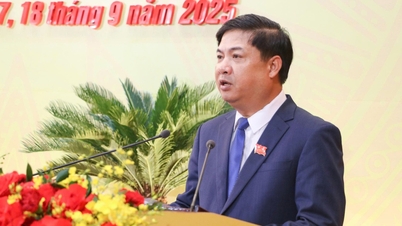

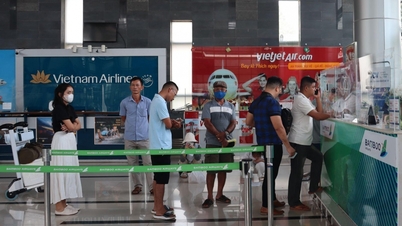



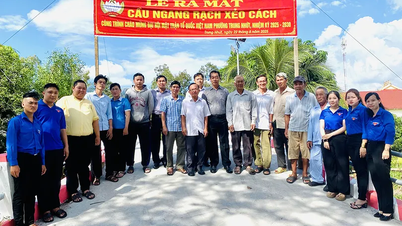



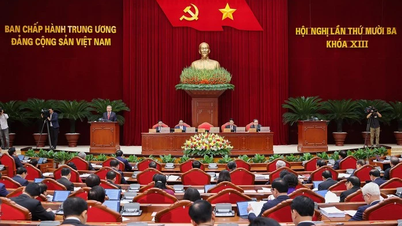



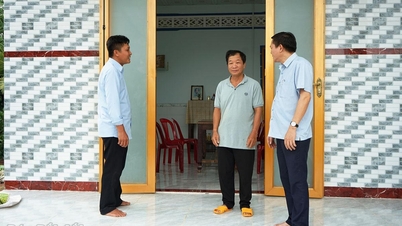






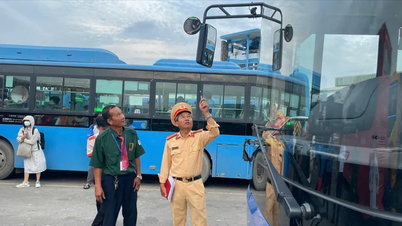



![[Photo] General Secretary attends the parade to celebrate the 80th anniversary of the founding of the Korean Workers' Party](https://vphoto.vietnam.vn/thumb/1200x675/vietnam/resource/IMAGE/2025/10/11/1760150039564_vna-potal-tong-bi-thu-du-le-duyet-binh-ky-niem-80-nam-thanh-lap-dang-lao-dong-trieu-tien-8331994-jpg.webp)











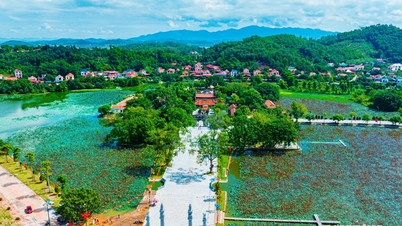









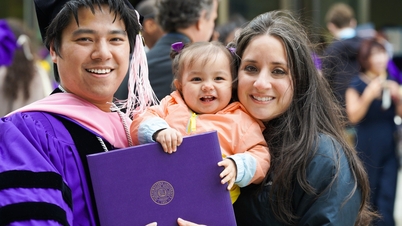

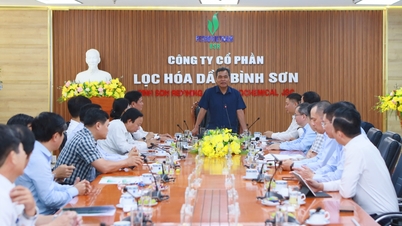

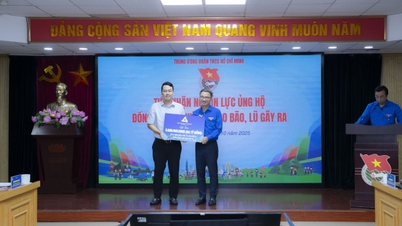


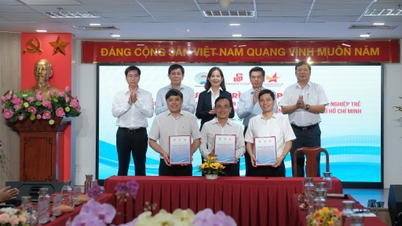



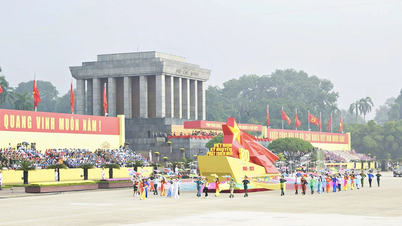




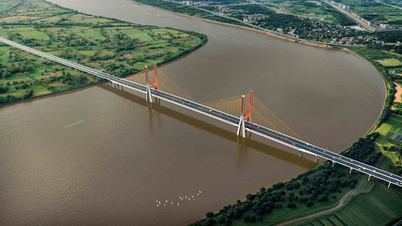



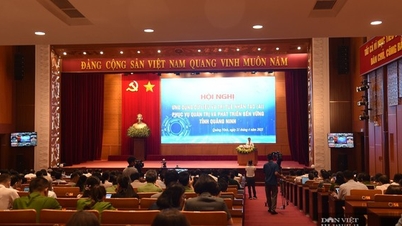


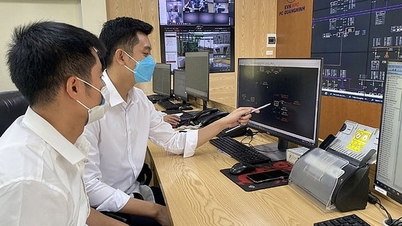
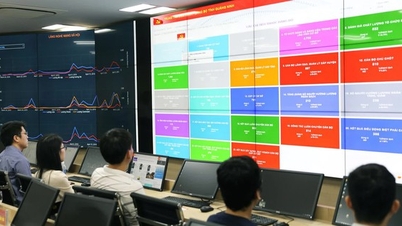





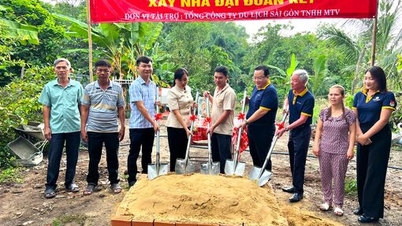


















Comment (0)